Rats! Roaches! Termites! 8 invasives that cost Florida homeowners money
It has been estimated that insects and rodents that invade households cost U.S. homeowners billions of dollars in damages and thousands of dollars a year in pest control products and services. Once invasive species move in, they become persistent and expensive problems – invasive insects and rodents are no exception.
In recognition of National Invasive Species Awarnees Week last month (Feb. 20-26), Williams Kern, an associate professor in the department of entomology and nematology at the University of Florida/IFAS Fort Lauderdale Research and Educations Center, recently shared his list of eight of the more voracious offenders, where to find them and how to keep them from taking a bite out of your household budget.
National Invasive Species Awareness Week is is a nationwide event to raise awareness about invasive species, the threat they pose, and what can be done to prevent their spread.
1-West Indian Drywood Termites
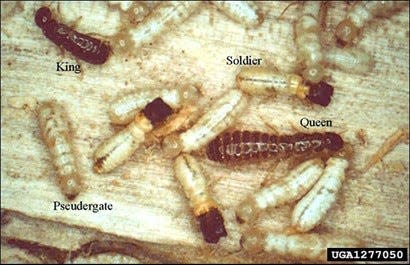
DID YOU KNOW?
This drywood termite originated in the Atacama Desert of western Chile and then spread widely by ships throughout the Caribbean and beyond. It is currently found throughout Florida, although more commonly near the coasts.
Florida has 60,000-70,000 fumigations performed each year, and an estimated 98% of those fumigations are for drywood termites. With an average cost of $2,000 per fumigation, Floridians spend an estimated $91 million to fumigate structures for WIDT every year, said Kern.
TIPS FOR CONTROL: While treatment options vary, FLREC entomologists suggest visual inspections as a proactive approach.
2-Formosan Subterranean Termites

DID YOU KNOW?
Florida has two invasive subterranean termites from East Asia: the more temperate Formosan subterranean termite and the more tropical Asian subterranean termite.
Both are aggressive foragers and very destructive.
They have large colonies and consume a lot of wood in a short period of time.
TIPS FOR CONTROL: There are numerous ways to proactively reduce the risk of a household infestation by Formosan and other subterranean termites that include carefully inspecting wooden items for termites before buying them and bringing them onto your property, and removing wooden items such as planters, tubs, trellises and firewood in bare ground and near your home.
3-Asian Subterranean Termites
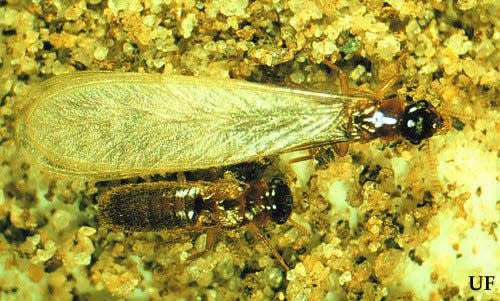
DID YOU KNOW?
This is the tropical relative of the Formosan subterranean termite. It originated in Southeast Asia and is widespread in the Caribbean, Hawaii, Puerto Rico and was first identified in Florida in 1996.
Its rapid spread in southeast Florida and its aggressive foraging makes it a greater threat to tropical and subtropical Florida than the Formosan.
It is currently limited to Palm Beach, Broward, Miami-Dade and Monroe Counties, where resident spend $25 to $50 million per year on prevention, control, and repairs related to the termite.
Roof Rats
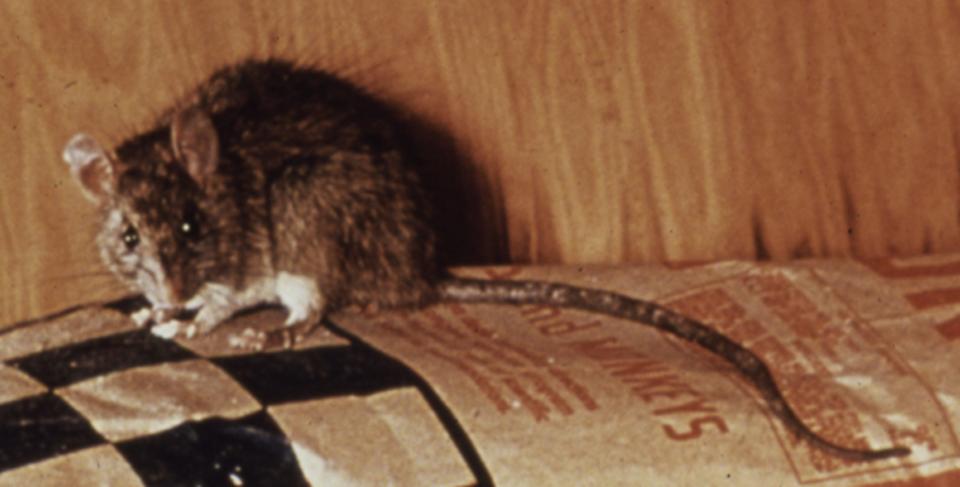
DID YOU KNOW?
In Florida, the roof rat is the primary suburban pest rat, though it often goes unnoticed. The species first made its way to the Americas in the 1600s on the ships of colonists.
Roof rats can spread rat lung worm, leptospirosis, salmonella and murine typhus. They consume and destroy stored animal and human food, attack fruit crops, and take up residence in attics, soffits, hollow walls and outdoor buildings.
When they invade buildings, they chew through wires that can potentially start fires, gnaw through plastic and lead water pipes, make holes in walls and cause other structural damage.
Also called the black rat, citrus rat, fruit rat, palm rat, and ship rat, roof rats originated in southern Asia and were transported by people wherever traders went.
TIPS FOR CONTROL: Rodent control may require minor structural changes to prevent entry through small openings, added sanitation measures, use of traps and more.
Norway Rats
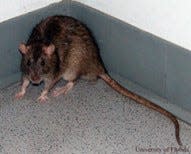
DID YOU KNOW?
Known as the brown rat, sewer rat or the subway rat, they are the dominant urban, suburban and rural rat in most of Europe and North America.
They seemed to have reached North America in between 1860-1880 and are most commonly found along coasts and canals.
They thrive particularly in areas where garbage is not stored properly. In Florida, Norway rats are generally found in urban centers and agricultural areas.
House Mice
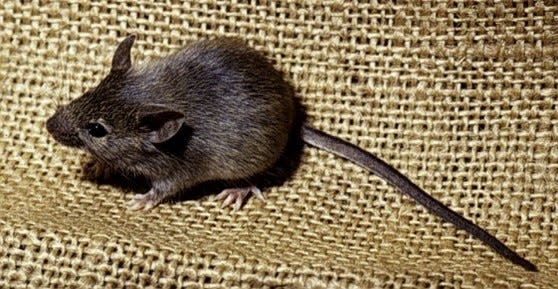
DID YOU KNOW?
This rodent occasionally invades structures in wooded areas in the fall and can be easily identified by their white belly and the white underside of their tail.
House mice damage to household food and materials is one source of expense, but the damage caused by gnawed wires and cables are in fact a greater cost to property owners.
House mice are the reservoir for rickettsia pox and leptospirosis.
German Cockroaches
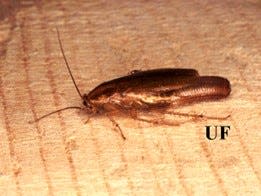
DID YOU KNOW?
Sometimes referred to as croton bugs, German cockroaches are not native to North America and never occur outside of man-made structures.
They are thought to have originated in dry caves in southwest Asia and began living with people while they still lived in those caves.
If you see a similar cockroach living outside, it is another invasive species known as the Asian cockroach, which cannot survive indoors.
TIPS FOR CONTROL: Pest control for invasive species of cockroaches requires an integrated pest management (IPM) approach. Chemical use alone is the least effective control method. Using chemicals alone can result in insecticide resistance and, ultimately, very poor control.
American Cockroaches
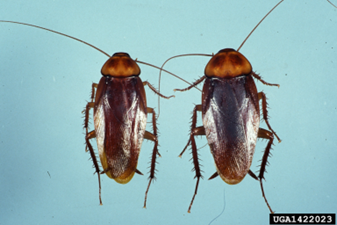
DID YOU KNOW?
These are the large cockroaches that many people erroneously call “palmetto bugs” and one of several large invasive cockroaches that occur in Florida and are found both indoors and outdoors.
All originated in Africa, and they include the American, Brown, Australian ad Smokey Brown cockroaches.
These moisture-loving species usually live in sewers and septic systems and invade structures by coming up through unscreened drains, including sink and tub overflow drains.
Most infestations are limited and controlled by appropriate baits. Severe infestations can result from broken drainpipes or plumbing renovations that were left uncapped inside walls voids.
This article originally appeared on Fort Myers News-Press: Florida's invasive insects cost residents big in products, services

